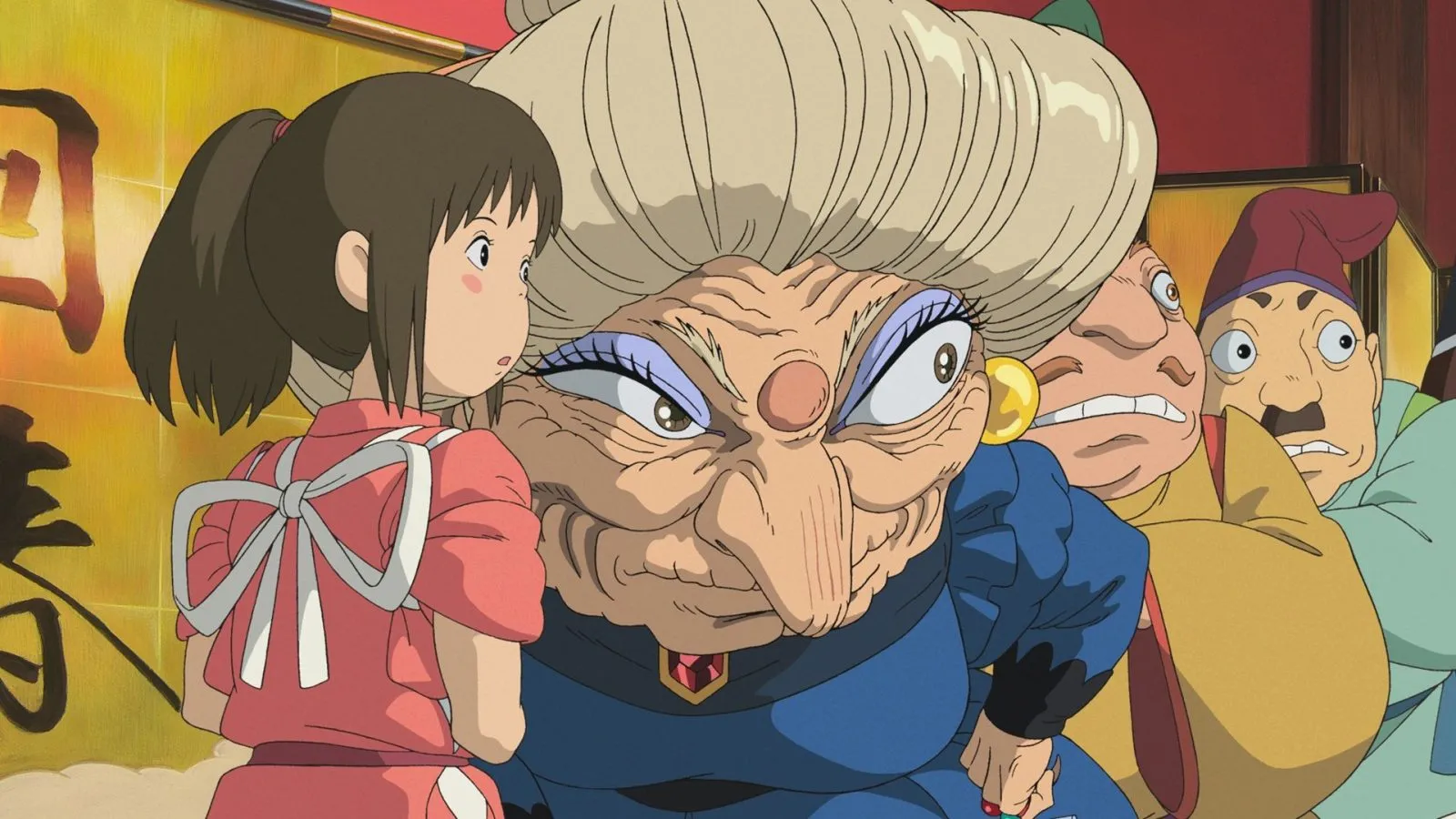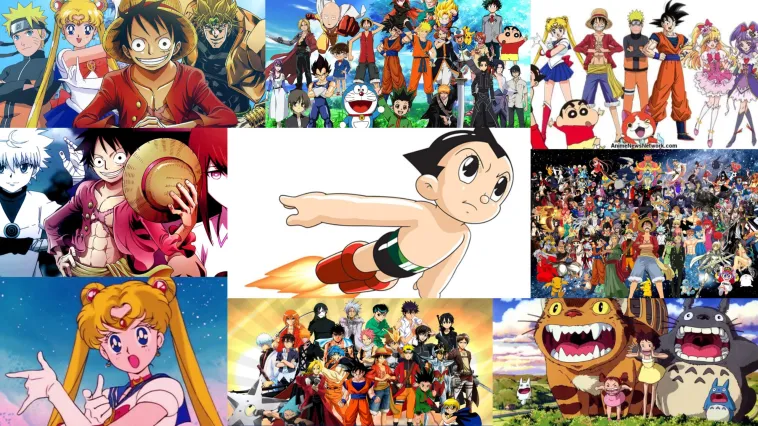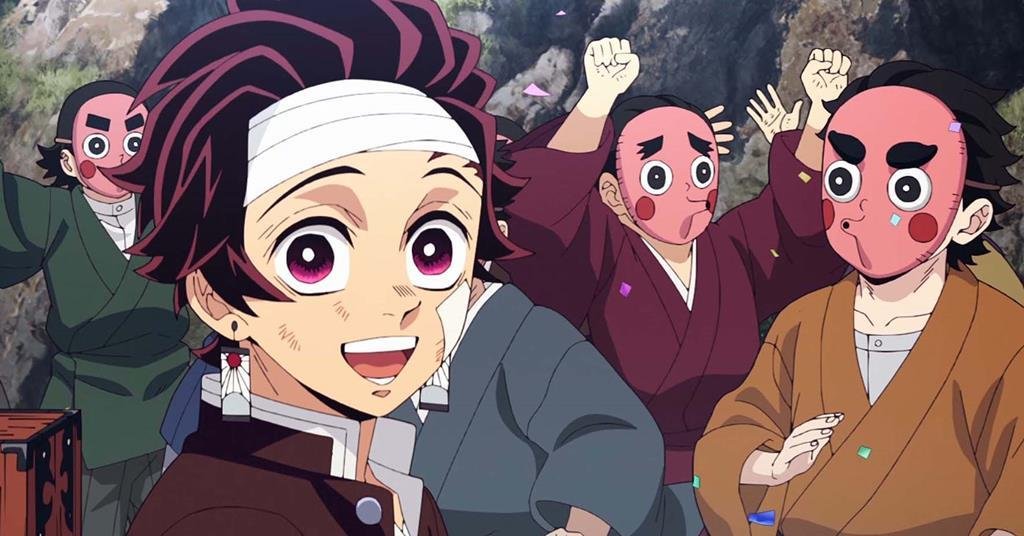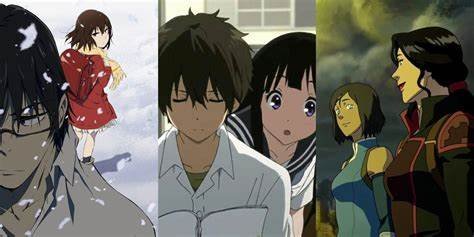Japanese anime, known for its vibrant 2D animation and distinctive visual style, is experiencing a transformative shift with the rise of 3D and CGI technologies. These advancements are redefining the boundaries of anime filmmaking, offering new possibilities for animation and storytelling. This article delves into the rise of 3D and CGI in Japanese anime films, exploring how these technologies are reshaping the industry and what the future might hold.
1. Early Adoption of 3D and CGI in Anime
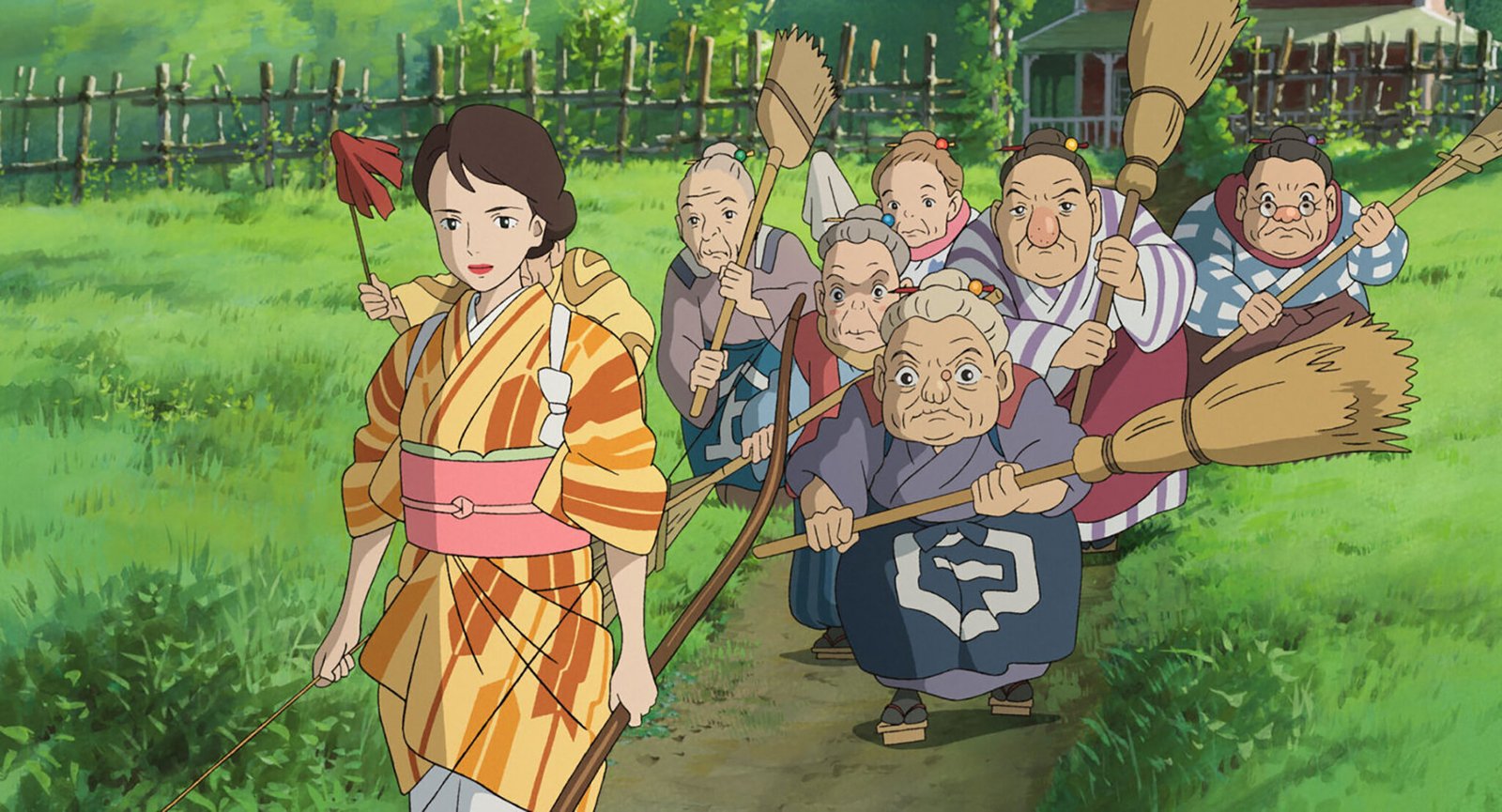
a. Pioneering Efforts
The integration of 3D and CGI into anime started as an experimental approach. Early adopters like “Appleseed” (2004) and “Final Fantasy: The Spirits Within” (2001) used CGI to enhance visual effects, though the technology was initially used sparingly due to high production costs and complexity.
b. Gradual Integration
As technology advanced, the use of 3D and CGI became more common. Films such as “Steamboy” (2004) and “Sky Crawlers” (2008) demonstrated how CGI could be employed to create dynamic environments and complex action scenes.
2. Enhancing Visual Appeal and Storytelling
a. Creating Immersive Environments
3D and CGI technologies enable anime creators to construct rich and immersive worlds that blend seamlessly with traditional animation. “Your Name” (2016) and “Weathering with You” (2019) are prime examples, utilizing CGI to enhance their visually stunning environments and elevate storytelling.
b. Dynamic Action Sequences
The incorporation of CGI allows for more fluid and dynamic action sequences. “Land of the Lustrous” (2017) utilizes CGI to craft intricate battle scenes and detailed character movements, showcasing the potential of digital animation to complement traditional 2D styles.
3. Challenges and Criticisms
a. Maintaining Artistic Integrity
One challenge is maintaining the artistic integrity of anime. The transition from 2D to 3D can sometimes disrupt the unique aesthetic of traditional anime, leading to debates among fans and creators about the impact on the medium’s visual identity.
b. Production Costs and Complexity
CGI integration often comes with increased production costs and complexity. High-quality CGI requires advanced software and skilled artists, which can raise budgets and extend production timelines, particularly for smaller studios.
4. Notable Examples of CGI in Anime
a. “Kizumonogatari” Series
The “Kizumonogatari” trilogy is notable for its use of CGI to enhance its action scenes and backgrounds. The film blends CGI with traditional 2D animation to create a visually engaging experience.
b. “Demon Slayer: Kimetsu no Yaiba – Mugen Train”
This blockbuster film exemplifies the successful use of CGI to amplify action sequences and fantastical elements. Its innovative use of technology contributed to its global success and critical acclaim.
5. The Future of 3D and CGI in Anime
a. Emerging Technologies
The future of CGI in anime will likely see the integration of emerging technologies such as real-time rendering and virtual reality. These innovations promise to expand the creative possibilities for anime filmmakers and enhance the viewer experience.
b. Blending Tradition with Innovation
The challenge for the industry will be to blend traditional animation techniques with modern CGI advancements, ensuring that the essence of anime is preserved while embracing new technologies.
Conclusion
The rise of 3D and CGI in Japanese anime films marks a significant evolution in the industry. These technologies are transforming animation, offering new tools for storytelling and visual artistry. As the industry continues to adapt and innovate, the integration of CGI will likely continue to shape the future of anime.







